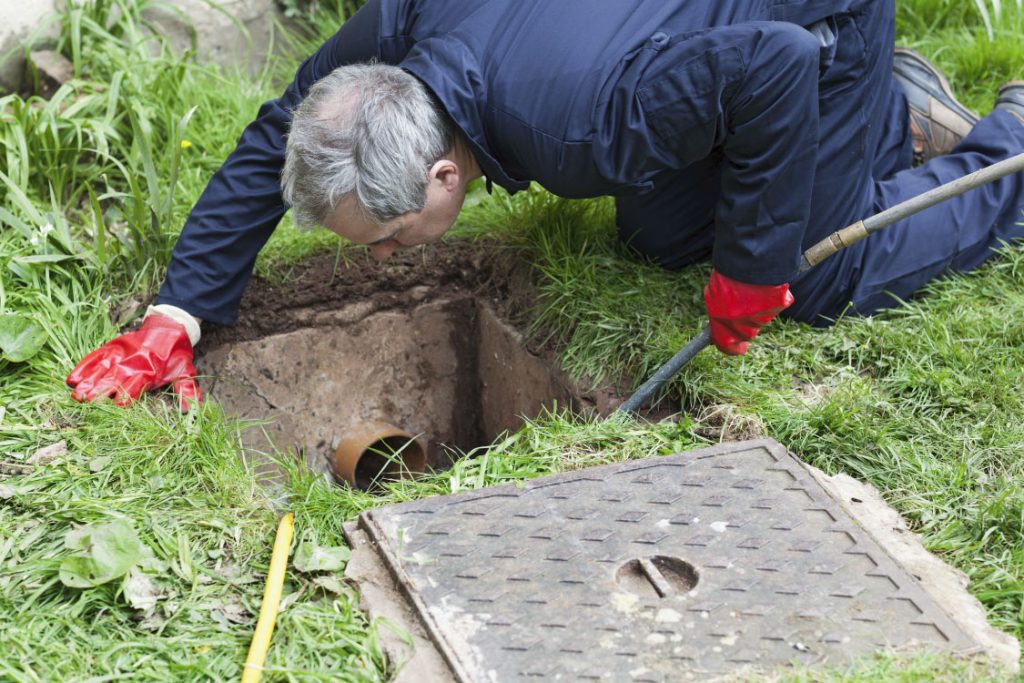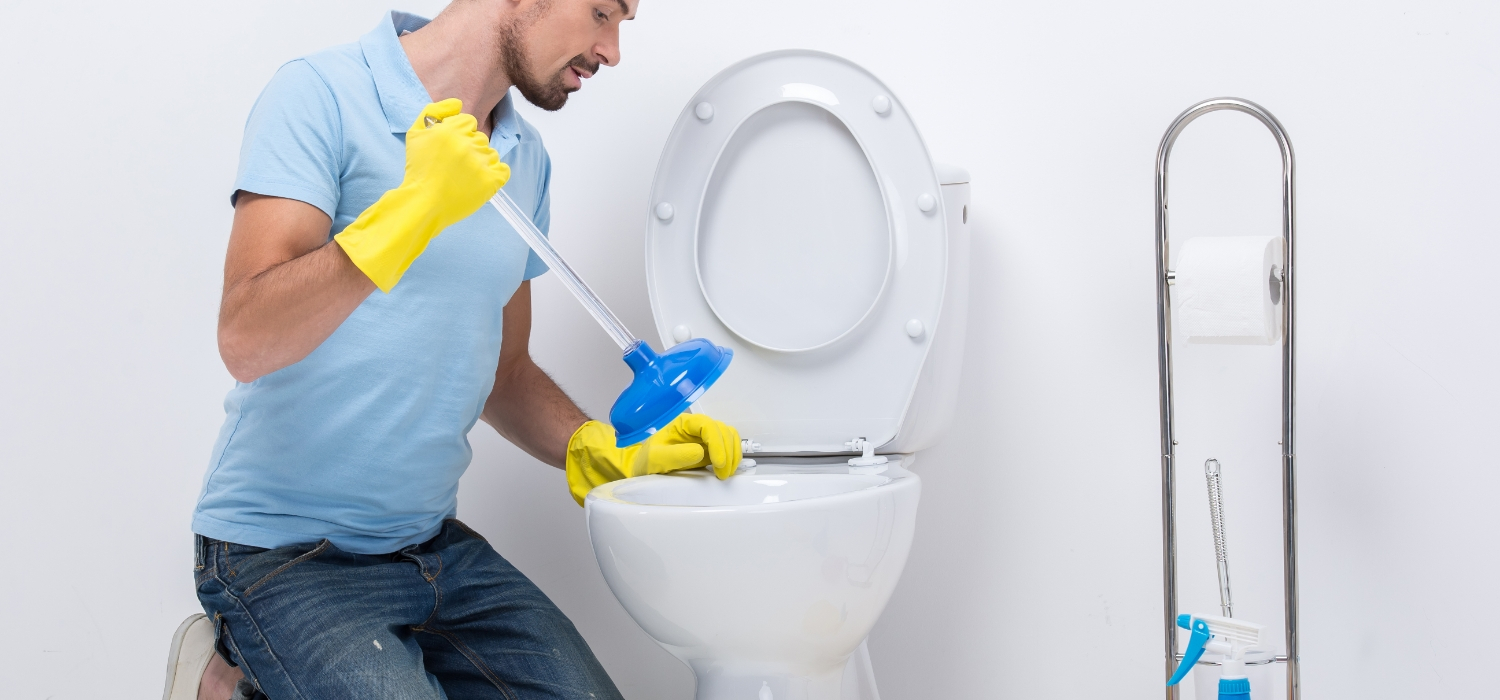The writer is making a number of good annotation on the subject of Some easy tips to fix blocked drains overall in this article further down.

Intro
Taking care of a blocked drain can be a discouraging experience, disrupting day-to-day activities and potentially causing damage to your property. However, before reaching out to pipes professionals, there are steps you can take to resolve the problem on your own. In this guide, we'll check out do it yourself remedies and safety nets to deal with an obstructed drainpipe successfully.
Determining the Concern
The primary step in addressing an obstructed drain is acknowledging the signs. Sluggish drain, gurgling audios, foul odors originating from drains, or water backing up are common indications of a blocked drainpipe. Identifying these indicators early can help stop better problems.
Selecting the Right Pipes Solution
When picking a plumbing solution, take into consideration elements such as experience, licensing, and client evaluations. Pick a respectable plumbing professional with a record of quality workmanship and transparent prices practices.
Price Considerations
The price of professional drainpipe cleaning services can vary depending upon the extent of the blockage and the plumbing technician's rates. Demand quotes from numerous service providers and ask about any additional charges to make sure transparency and prevent surprises.
Safety and security Measures
When trying do it yourself drainpipe cleaning, focus on safety and security. Wear protective gloves and glasses to avoid contact with damaging chemicals or germs. Never mix various drain cleansing products, as this can produce hazardous fumes.
Instance Studies
Real-life instances illustrate the effectiveness of DIY remedies and the relevance of timely expert treatment in resolving drainpipe clogs.
Common Root Causes Of Blocked Drainpipes
Comprehending the elements that add to drain pipes clogs is vital for reliable resolution. Common perpetrators consist of hair, soap scum, oil, food particles, and international objects like hygienic items or paper towels. Tree roots getting into underground pipes can also create significant blockages.
Do it yourself Solutions
For minor obstructions, numerous do it yourself services can be efficient. Pouring boiling water down the drainpipe can assist liquify grease and particles. Baking soda and vinegar or a mixture of salt and cooking soda can function as natural cleaners. Utilizing a bettor or plumbing snake to dislodge obstructions is one more choice.
Devices and Equipment
Having the right tools available can make DIY drainpipe cleaning up extra reliable. A plunger is a versatile tool for getting rid of blockages in sinks, commodes, and showers. A plumbing snake or auger can get to much deeper blockages, while drain cleaning chemicals can be utilized cautiously for stubborn clogs.
Safety nets
To prevent future obstructions, taking on safety nets is essential. Install drainpipe guards or strainers to catch hair and particles before they go into the pipelines. Frequently flush drains pipes with hot water to dissolve oil build-up, and avoid taking care of grease or strong waste down the tubes.
When to Call a Professional
While DIY options can fix minor obstructions, particular indicators show the need for professional support. Relentless obstructions, foul odors despite cleansing efforts, or numerous drains pipes backing up concurrently are red flags that warrant expert intervention.
Verdict
By complying with the pointers outlined in this guide, you can successfully tackle obstructed drains pipes and stop future pipes issues. Whether opting for DIY remedies or seeking expert aid, prompt action is essential to preserving a healthy and balanced pipes system and maintaining the integrity of your home.
How to Clear a Clogged Drain Yourself (And When to Call In the Professionals)
What Can Clog a Drain
Dirt Skin flakes Hair Grease Soap scum Food Offset pipes Tree roots Small objects Mineral buildup DIY Tricks to Unclog a Drain
You can fix this! Once you have identified the source of the clog (or have a vague idea), you can try one or a combination of these fixes in order to clear your plumbing.
Wire Hanger or Snake
Untangle and clear out hair from a drainpipe with a homemade snake. Use a straightened-out wire hanger with a 90-degree angle hook to locate the clog and drag out any unwanted material.
Remember not to push the clog further down to where the wire hanger cannot reach! If you need to follow up with a plunger, give it a try. Your efforts might be more successful after it’s been wire-snaked.
If you want to get fancy and don’t have a wire hanger to spare, head to the store and pick up a hand-operated drain snake. You can get one for $10-$30. It may save you the hassle, and provide additional length to reach deep into the clogged pipe.
Plunger
A cup plunger has a suction cup attached to a wooden handle. The rubber creates a seal around the drain, and increases the pressure force of the plunger.
Plunge for 30-second increments to loosen the clog. This may need to be repeated over the course of 15-20 minutes. Once plunged, run the water to flush the remaining material out of the drain.
Remember– never use a plunger if you have used a chemical drain cleaner. These chemicals can splash up from the force of the plunger and cause serious injury or burns.
Boiling Water
Hot water can sometimes break up materials into a flushable amount. Dirt, grease, and soap buildup requires heat in order to unstick from surfaces.
Take your kitchen kettle and heat your water to a boil. Once it reaches a rolling boil, pour it directly down the drain into the blockage. Carefully follow with plunging, if necessary.
Don’t worry if this takes more than one try! It can often take multiple kettles and repeated plunging in order to clear a particularly stubborn clog.
Chemical Drain Cleaner
As a last resort, pick up a bottle of chemical drain cleaner. Drain-cleaning chemicals are potent, and not very good for the environment.
You may need to wear protective eyewear in gloves before handling your bottle of chemical drain cleaner. Follow the instructions printed on the bottle, and flush with water as soon as the instructions allow. Do not follow with plunging.
Baking Soda and Vinegar
As a safer alternative to chemical drain cleaner, baking soda and vinegar can create a chemical reaction that clears tough clogs.
Combine one cup of cleaning vinegar with one cup of boiling water, and set aside. Once you have done this, pour half a cup of baking soda down the drain. Give the baking thirty seconds to settle and cover a large portion of the problem drain.
Following the baking soda, pour down your vinegar and hot water solution. Once the vinegar and baking soda combine, the mixture will bubble and fix. Let this reaction fizzle in the drain for about an hour.
After an hour, follow with a kettle’s worth of hot water. The heat and liquid should flush out any remaining material.
When to Call a Plumber
If your DIY attempts haven’t cleared your clog drain, it’s time to call in a professional. It’s not worth losing access to your kitchen sink or high-traffic bathroom. A clog in a vital area can keep you from the things you’d rather be doing, and derail your routine.
Anytime a clog is causing water to spread is a time to call in a plumbing service. What starts out as a little bit of water can quickly grow into serious, expensive water damage.
Additionally, a serious clog can result in burst pipes or serious leaks. Make sure you know when to take it seriously!
https://myguysnow.com/how-to-clear-a-clogged-drain-yourself-and-when-to-call-in-the-professionals/

I am just very involved in 8 Tips For Clearing A Blocked Drain and I am assuming you enjoyed reading the new blog entry. So long as you enjoyed reading our page kindly remember to share it. I thank you for your readership.
Call